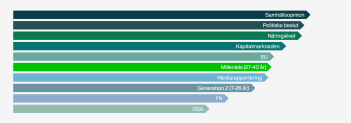Sustainability focus 2021
For the third consecutive year, we are launching our annual “Sustainability Focus” - the report that maps how Swedish companies view their sustainability work. Using survey data and interviews with sustainability experts in Sweden, we attempt to identify the risks and opportunities corporations face in their sustainability work. How do they work with transforming their corporations? What are the biggest threats and opportunities? And who should lead the transformation towards a more sustainable society?
Read the full report#mindthegap
In connection with the Leaders Summit on Climate in Washington DC, where the world’s countries presented their new climate goals, Greta Thunberg spoke about the existing gap between the suggested solutions and the possibility of reaching net-zero emissions before 2050.
Our goals are ambitious, but the loopholes that come with them make the equation of reaching the 1.5 degrees Celcius target harder to reach. The gap between where countries' sustainability work is today and where they expect it to be within a few years keeps growing. The same trend goes for corporations' sustainability work.
Risks and opportunities – what drives corporations’ sustainability work?
That sustainability is becoming a major focus for many corporations is nothing new. But what drives this development? Do corporations want to be better equipped for the future, strengthen their brand and meet the demands of their stakeholders – or are they simply afraid of falling behind, receiving criticism, and losing profits?
92% of the corporations answered that they can win market shares from competitors, 88% that it can increase their profits, and 92% that it makes it easier to recruit new personnel.
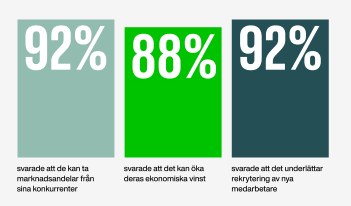
The sustainability stairs – the corporations’ own forecasts
In line with previous years, we have used Tillväxtverkets' Sustainability Stairs in order to let the participating corporations estimate their sustainability maturity. When asked where they are at the moment the difference from 2019 and 2020 is minimal - but when it comes to where corporations see themselves in five years' time the gap is bigger. The five year estimations went from 5.93 (2019), 6.27 (2020), to now state an average of 6.42 (2021).
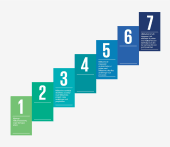
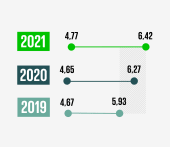
Obstacles for a sustainable transformation
There are several reasons why corporations’ sustainability work isn’t evolving as fast as it should. There might be an internal will in pursuing the issues, but a lack of technical qualifications. Or, the resources and the logistics are in place, but the internal engagement is low. We asked the corporations what is keeping them from transforming their business into being more sustainable.
92% of the corporations stated that they need to train their staff on sustainability, 83% that they need a bigger sustainability budget, 66% that they need to hire more sustainability staff, and 70% that they need a stronger commitment internally.

The corporations’ climate footprint
If we are to achieve net-zero emissions by 2050, corporations must do more to minimize their climate footprint. We asked the corporations in our survey how they will reduce their climate footprint, what their vision is and what they consider to be the main obstacles.
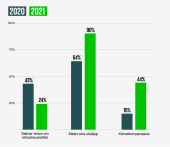
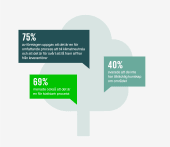
Who is leading the global transformation?
The main driving force behind global sustainable development is considered to be public opinion, political decisions, and businesses. Compared to last year, the EU has moved up, which can be explained by the new Taxonomy and the EU Green Deal. Despite President Biden’s ambitious climate agenda, the U.S. is ranked last.
